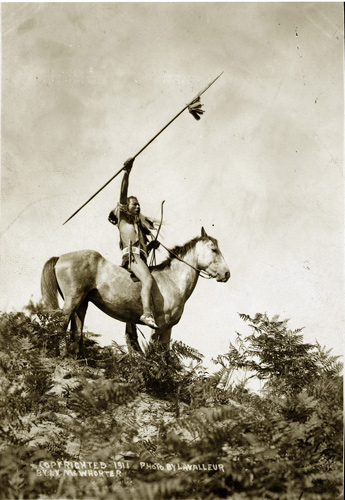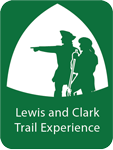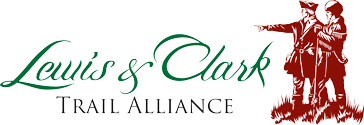“The Challenge, Yakima Indian” (1911)
by Lucullus V. McWhorter (1860–1944)
Copyright 1911. Courtesy of the Washington State Historical Society.
Lucullus Virgil McWhorter was a farmer who settled in the upper Yakima valley in 1903. He collected first-hand accounts of Plateau people including eye-wtiness accounts of the Yakama and Nez Perce wars. He became a rights activist on behalf of the nations he befriended, and the Yakamas officially adopted him as an honorary member in 1914 giving him the name Old Wolf.[1]McWhorter’s writings include Crime Against the Yakimas (1913), Yellow Wolf: His own Story (1944), and Hear Me, My Chiefs! (1951). See also his biography by Alanna K. Brown, Voice of the Old … Continue reading
The Yakama’s first Euro-American contact was the Lewis and Clark Expedition in 1805. The captains named the people Chim’-nah-pum’ which was the name of the village at the mouth of the Yakima River. On his map, Clark labeled labeled the river “Tape-tett.” Táptăp was the name of a village several miles up the river near present-day Prosser.[2]Helen H. Schuster, Handbook of North American Indians: Plateau Vol. 12, ed. Deward E. Walker, Jr. (Washington, D.C.: Smithsonian Institution, 1998), 329, 348–349. It was on his excursion to the mouth of the Yakima River on 17 October 1805 that he commented: “the Cause of the emence numbers of dead Salmon I can’t account for.”
In 1994, the council for the Confederated Tribes and Bands of the Yakama Nation, changed the people’s spelling to Yakama. The river and city in central Washington retain their original spelling, Yakima.
Selected Encounters
The Wascos and Wishrams
by Barbara Fifer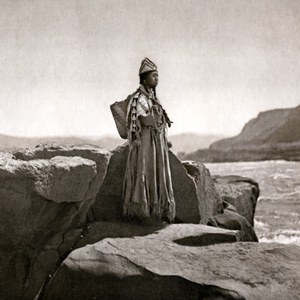
At The Dalles lived Upper Chinookan people, the Wishrams on the Columbia’s north (Washington) side—and their allies the Wascos on the south (Oregon) side—who were the main masters of the regional trading center. The Lewis and Clark Expedition encamped on the north side.
Flag Presentations
by Joseph A. Mussulman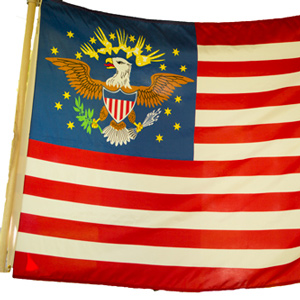
Lewis and Clark usually distributed flags at councils with the chiefs and headmen of the tribes they encountered—one flag for each tribe or independent band.
October 16, 1805
A musical welcome

The paddlers negotiate the last of the Snake River rapids and the expedition arrives at the Columbia River. Soon after, they are given a musical welcome from a large group of Yakamas and Wanapums.
October 17, 1805
Snake and Columbia observations
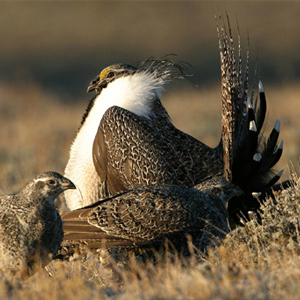
At the confluence of the Columbia and Snake rivers, Lewis takes vocabularies from the Wanapum and Yakama speakers, and hunters are sent out to collect sage grouse specimens. Clark explores the Yakama River.
October 18, 1805
Down the Columbia
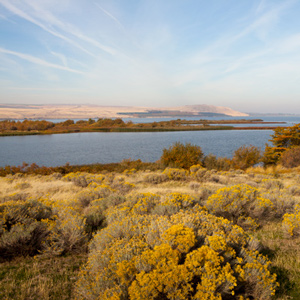
At the mouth of the Snake, the captains council with the Wanapums and Yakamas. Late in the day, the expedition heads down the Columbia and camps below the Twin Sisters in Wallula Gap.
October 29, 1805
Friendly villages
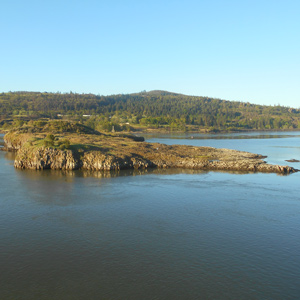
Moving 35 miles down the Columbia, the expedition encounters many Sahaptin and Upper Chinook villages. They pass an island with numerous graves—Memaloose—and camp above the Little White Salmon River.
April 25, 1806
Horse heaven
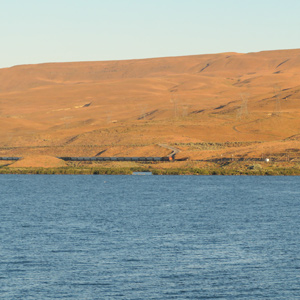
During a march of 20 miles, the travelers stop at a large Pish-quit-pah village that have never seen white men before. Lewis remarks on the abundant bunch grass of the Horse Heaven Hills.
April 28, 1806
Yelleppit brings a horse
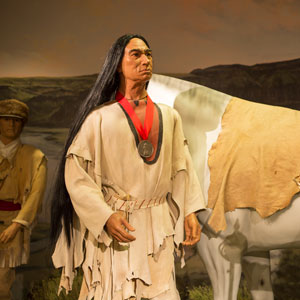
Across from the Walla Walla River, talks begin with Sacagawea and Charbonneau as interpreters. Yelleppit brings Clark a horse, Clark gives medical aid, and Pvt. Frazer buys ten fat dogs for consumption.
Notes
| ↑1 | McWhorter’s writings include Crime Against the Yakimas (1913), Yellow Wolf: His own Story (1944), and Hear Me, My Chiefs! (1951). See also his biography by Alanna K. Brown, Voice of the Old Wolf: Lucullus Virgil McWhorter and the Nez Perce Native Americans. |
|---|---|
| ↑2 | Helen H. Schuster, Handbook of North American Indians: Plateau Vol. 12, ed. Deward E. Walker, Jr. (Washington, D.C.: Smithsonian Institution, 1998), 329, 348–349. |
Experience the Lewis and Clark Trail
The Lewis and Clark Trail Experience—our sister site at lewisandclark.travel—connects the world to people and places on the Lewis and Clark Trail.
Discover More
- The Lewis and Clark Expedition: Day by Day by Gary E. Moulton (University of Nebraska Press, 2018). The story in prose, 14 May 1804–23 September 1806.
- The Lewis and Clark Journals: An American Epic of Discovery (abridged) by Gary E. Moulton (University of Nebraska Press, 2003). Selected journal excerpts, 14 May 1804–23 September 1806.
- The Lewis and Clark Journals. by Gary E. Moulton (University of Nebraska Press, 1983–2001). The complete story in 13 volumes.
